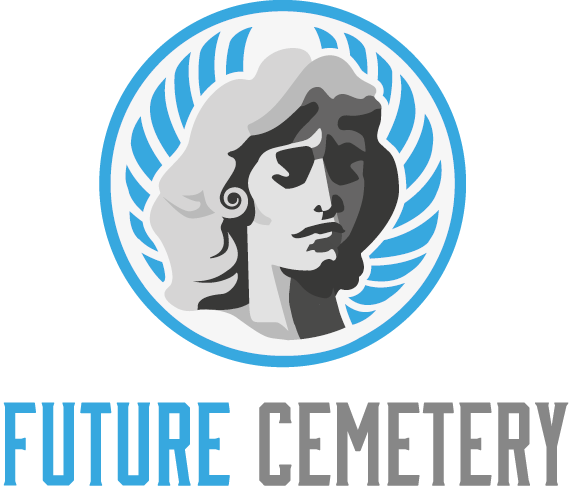A cemetery is a place for people to be laid to rest. Cemeteries are usually separate from churches and are often found in rural areas.
Various factors influence how a cemetery looks and functions. Some of these factors include: location, architecture, and history. Visiting a cemetery can be an emotional experience, and it is important to keep in mind cemetery etiquette.
Aesthetics
A cemetery is a place of memorial for the deceased and also provides an interesting source of historical data. Many local councils provide online indexes to their burial records. These typically include a list of names extracted from grave monuments and may include a low resolution image of the headstone.
Many people visit their family’s graves frequently and leave flowers and other objects on the monument or headstone. This creates a maintenance problem in the cemetery and can damage or degrade the monument or headstone. Newer columbarium walls may incorporate clips beside each plaque allowing a small posy of flowers to be left without creating the maintenance problems associated with leaving them on the tops of the wall of plaques.
Empirical aesthetics, a branch of philosophy, investigates how the physical properties of things provoke aesthetic responses such as pleasure and displeasure. This approach veers away from the definition of beauty given by the Oxford English Dictionary and more closely approaches the fields of cognitive psychology and neuroscience.
Function
A cemetery’s primary function is to provide dignified care to individuals buried within its grounds and to offer comfort to those who visit to remember and pay their respects. It is also responsible for the sale and management of physical burial rights (plots, crypts, niches), memorialization and ongoing maintenance of the cemetery grounds and facilities.
It may be owned by a religious order, municipality, fraternal organization or association, individual or corporation and the ownership structure determines the mix of available burial options, memorialization and legacy services offered. A cemetery’s policies, practices and Rules and Regulations govern the use of land within the cemetery.
A cemetery may include a columbarium wall for cremains interred in individual spaces, which are much more cost-efficient than traditional graves. A columbarium wall typically includes a number of niches, each with a plaque that can be purchased and engraved. The cemetery may also sell urns to hold cremated remains. Alternatively, families may choose to keep cremated remains at home.
History
During the 19th century, as populations rapidly increased, churchyard burial grounds became overcrowded and unsanitary. As a result, the cemetery–a separate location for the dead–became increasingly popular. These cemeteries usually included large areas of grass, and extravagant statues. Some were designed to look like parks, and people began to visit them for picnics and other activities.
Cemetery authorities often struggle with how to manage the graves of the deceased. They may need to re-use older graves when the space becomes too full, but they must do so carefully. There are often local descendants who object to re-use and will mount a public campaign against it.
The foliage in a cemetery has also undergone significant evolution over time. Initially Hillhouse planted Lombardy poplars in the New Haven Cemetery, giving the town its nickname of “the Elm City.” Today the cemetery is filled with a variety of trees and shrubs. Some are more than 100 years old and still bearing fruit. Others have been damaged by ice storms, high winds, and drought.
Location
A cemetery is an area that has been specifically designed and adapted to the burial practice of its community. It may be owned by a municipality, religious order, fraternal organization, association or individual. Its owners and their preferences determine the mix of services, memorial options and other legacy features available.
Graveyards and cemeteries vary in their appearance and functionality. They can be categorized according to the type of burial options and memorialization allowed, services provided, religious affiliation, and ownership structure.
It is not unusual for families to keep the graves of their ancestors at their homes (a burying ground), in a family plot next to their church (a churchyard), or even in a public space that was unaffiliated with a specific religion (a cemetery). Many of these early burial grounds have been absorbed into the larger modern cemetery system. These days, there are also “natural” burial grounds where graves are left to decompose in the wild.
